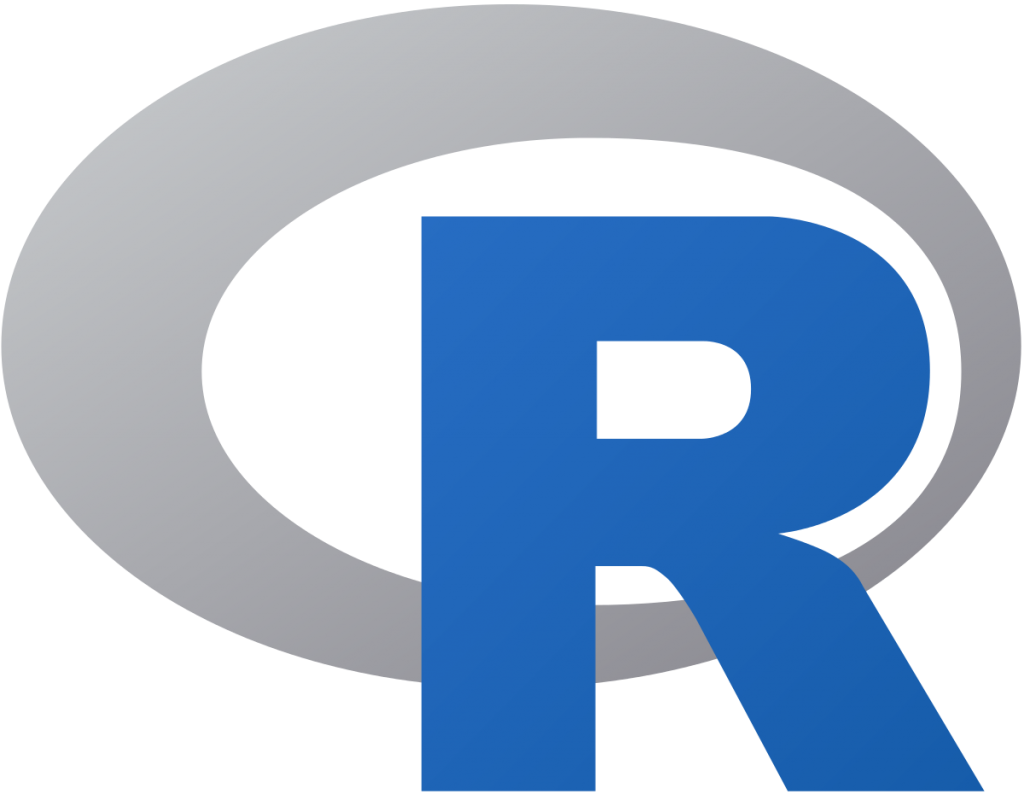R programming language is a powerful open-source software environment for statistical computing and graphics supported by the R Core Team and the R Foundation for Statistical Computing. It is widely used among statisticians and data miners for developing statistical software and data analysis.
It was developed by Bell Laboratories (formerly AT&T, now Lucent Technologies) by John Chambers and colleagues.

The official R software environment is a GNU package. It is written primarily in C, Fortran, and R itself (thus it is partially self-hosting) and is freely available under the GNU General Public License. Precompiled executables are provided for various operating systems. It has a command-line interface, but multiple third-party graphical user interfaces are available, such as RStudio, an integrated development environment; and Jupyter, a notebook interface.
R programming language and Python are both free & open-source software languages that have been around for a while. When comparing R and Python, some feel that Python is a more general, easy & useful programming language. Python is often taught in introductory programming courses and is the primary language for multiple machine learning workflows, RStudio reports. R is typically used in statistical computing. RStudio notes that R is often taught in statistics and data science courses. It adds that many machine learning interfaces are written in Python, while many statistical methods are written in R.
The R Programming Language Environment
In terms of R vs. Python environments, the R environment is ideal for data manipulation and graphing. Some Python applications include web development, numeric computing, and software development. Additionally, while R has numerous packages, Python has many libraries devoted to data science.
R is an integrated suite of software facilities for data manipulation, calculation, and graphical display. It includes:
- An effective data handling and storage facility
- A suite of operators for calculations on arrays, in particular matrices
- A large, coherent, integrated collection of intermediate tools for data analysis
- Graphical facilities for data analysis and display either on-screen or on hardcopy, and
- A well-developed, simple and effective programming language which includes conditionals, loops, user-defined recursive functions and input and output facilities.
In this video, Alex Freberg tells us the comparison between the R programming language & Python, about which is better for Data Science.
Content reference: R Foundation, Wikipedia, MastersinDataScience.Org
Hope you liked the article. Read more related articles: Click Here…



